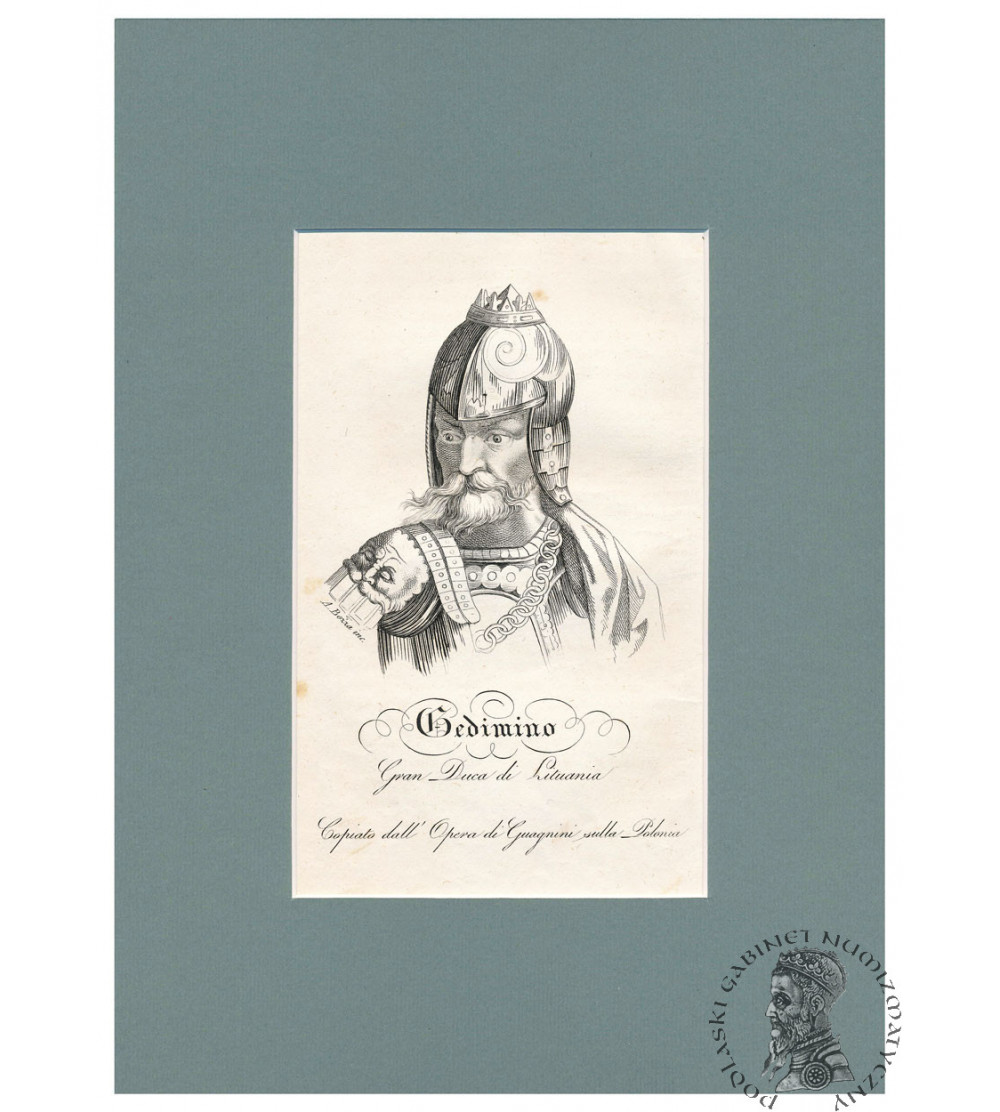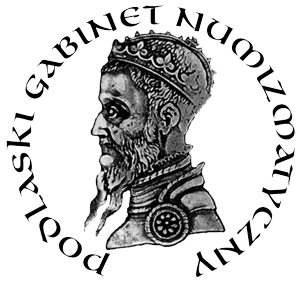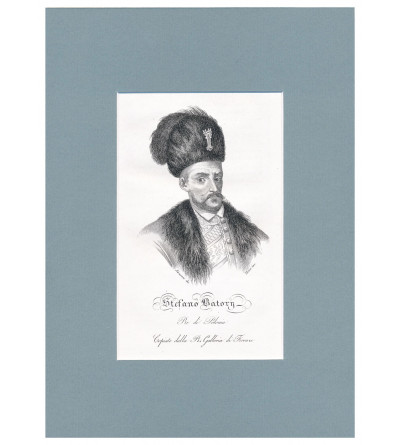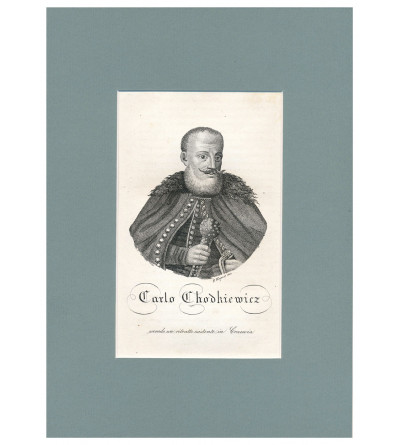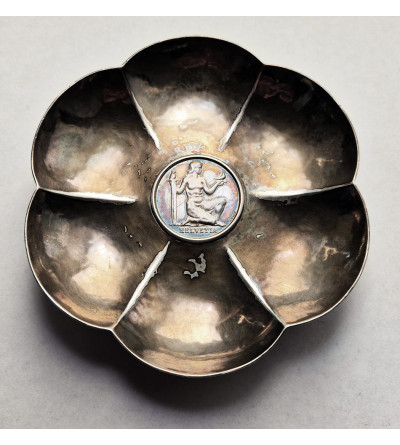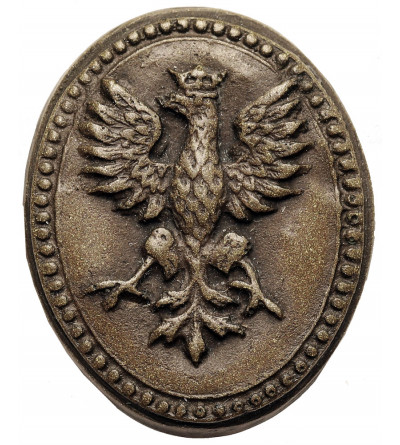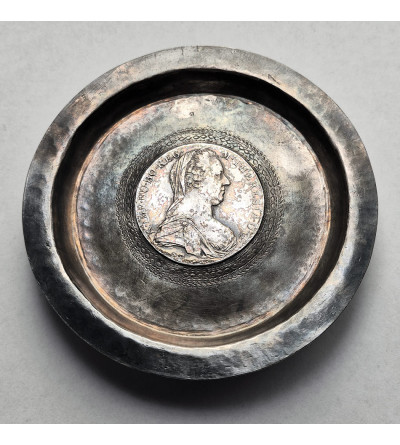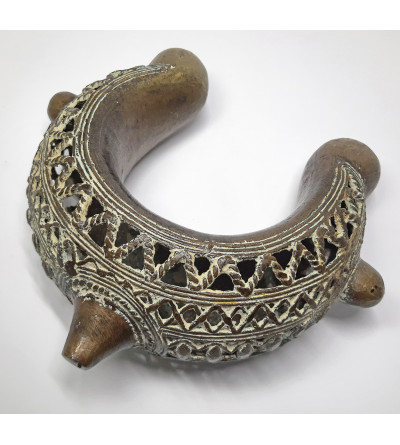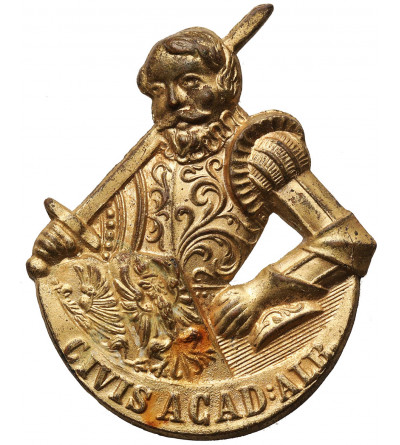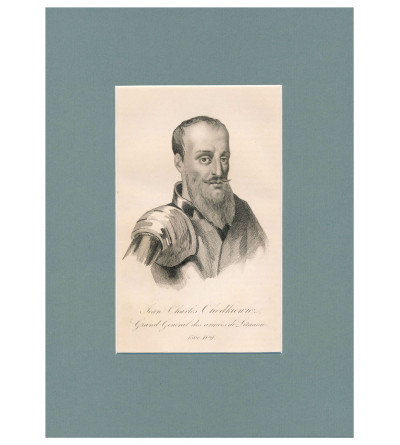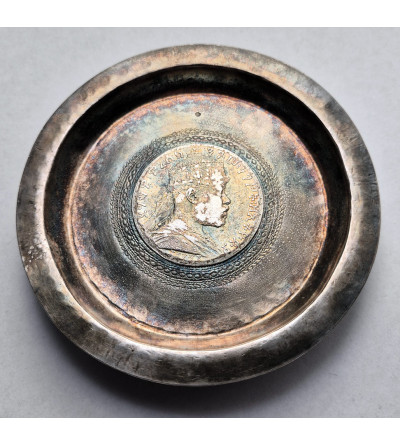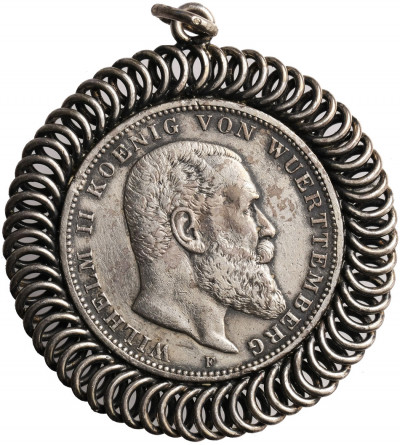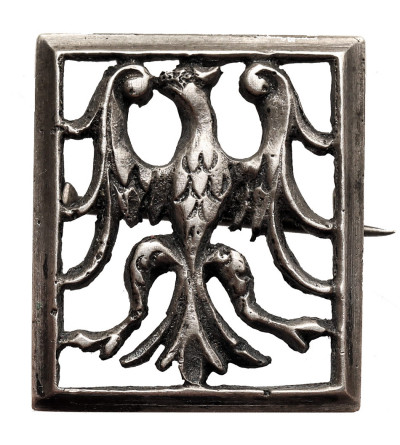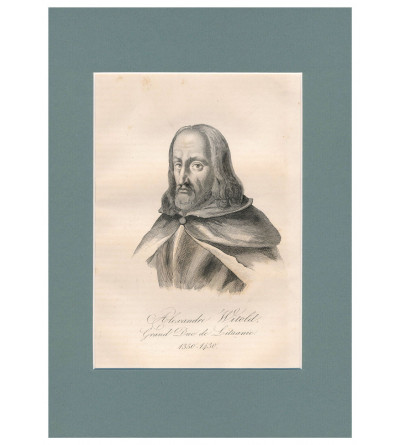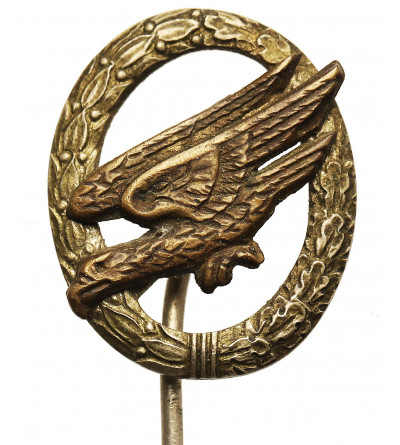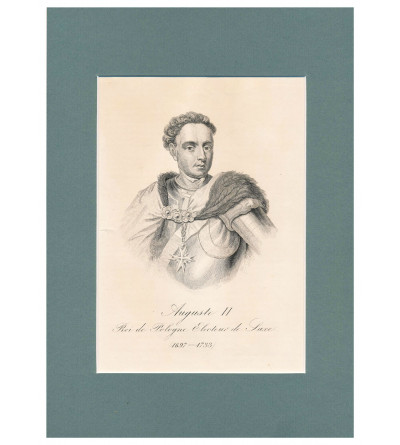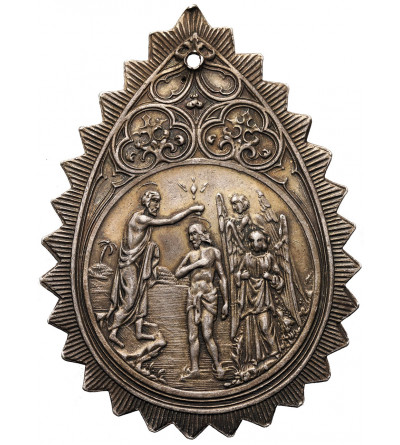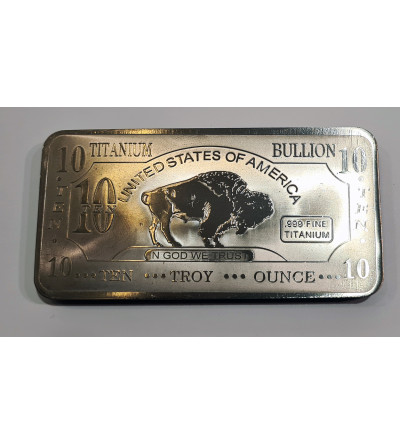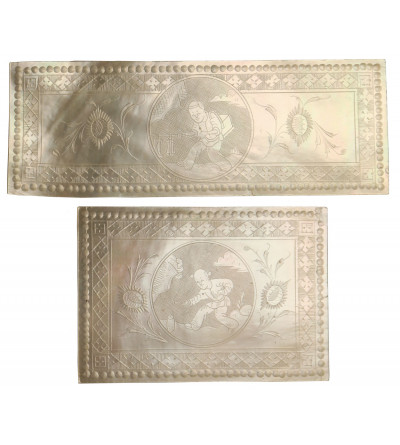Gediminas (Lithuanian: Gediminas) (b. ca. 1275, d. 1341) - Grand Duke of Lithuania from 1316. He had seven sons, Monivid, Kiejstut, Olgierd, Narymunt, Koriat and Lubart, to whom he assigned districts, and designated Yavnuta (1341-1344) as his successor, to whom he gave Vilnius. He assumed power after the death of his brother, Vitenes. The creator of Lithuania's superpower, an able leader and skilful diplomat, he skillfully defended Lithuania against the onslaught of the Teutonic Knights from Prussia and Inflants, while taking care of Lithuania's good trade relations with Riga and expanding Lithuanian rule in Rus. He gave conquered and dependent territories to his brothers and relatives. He gave Polotsk to his brother Woin (1326-1338). Around 1318, through the marriage of his son, Olgierd, he captured Vitebsk. Minsk was also subordinate to him, and before 1340 he took Pinsk with Turov. His son Lubart, in turn, took possession of Volhynia through marriage. In the east, Lithuanian expansion, probably peaceful, rested on the borders of the Smolensk lands, part of the domains on the middle Dnieper River were seized, and from 1331 Gediminas' brother Fyodor ruled Kiev - although probably as a prince subordinate to the Golden Horde. Gediminas sought good relations with Poland. In 1325, he formed an alliance with Ladislaus Lokietko and married his daughter Anna (Aldona) to Casimir the Great. The result of this union was, among other things, the surrender of power in Halich Rus to the Mazovian prince Boleslaw Trojdenovic, grandson of the Lithuanian prince Trojden, whose wife became Gediminas' daughter, Euphemia Maria. During this period the prince also captured Podlasie. On several occasions he made contacts with the papacy, promising to accept baptism, although these were more like ploys to stop Teutonic aggression. After conquering large areas of Rus, he applied for the establishment of a separate Orthodox Lithuanian metropolis (Halicz - 1337, Kiev). source: twojahistoria.pl
"STORIA DELLA POLONIA" BY BERNARD ZAYDLER - THE HISTORY OF POLAND IN PICTURES TOLD TO ITALY
Title of the work Storia della Polonia fino agli ultimi tempi scritta dal dottore Bernardo Zaydler Polacco membro della Regia Società degli Amici delle Scienze in Warsavia, e di pare-cchie accademie letterarie italiane can be translated as "History of Poland until the last times written by Dr. Bernard Zaydler, a Pole, member of the Royal Society of Friends of Sciences in Warsaw and similar literary academies in Italy." It was published in the Florentine outhouse V. Batelli e Figli, in 1831, that is, during the November Uprising, when the Polish-Russian war was taking place on Polish soil. The "ultimi tempi" mentioned in the title, however, did not include the uprising, and the last chapter of the book was devoted to the flourishing Kingdom of Poland under Czar Nicholas I, whose portrait precedes the title page of the publication. The book consists of two volumes, the first of which has 440 pages and the second 720. The work is illustrated with 107 charts, created in intaglio by Florentine printmakers based on contemporary and ancient engravings. There are also two maps depicting the borders of Poland: pre-partition and from 1831.As Jadwiga Jaworska matter-of-factly describes the book's illustrations, they are "flimsy engravings made by mediocre engravers" . Most of their authors are known mainly from this very publication and only their names, often without first names, fixed in signatures under the compositions, have survived to our times. These included: Corsi , Verico , Adamo Bozza , Nasi, Cignozzi. Among the illustrators, the name of Francesco Pieraccini appears , about whom also little is known. Source: Kamilla Pijanowska, National Museum in Warsaw
